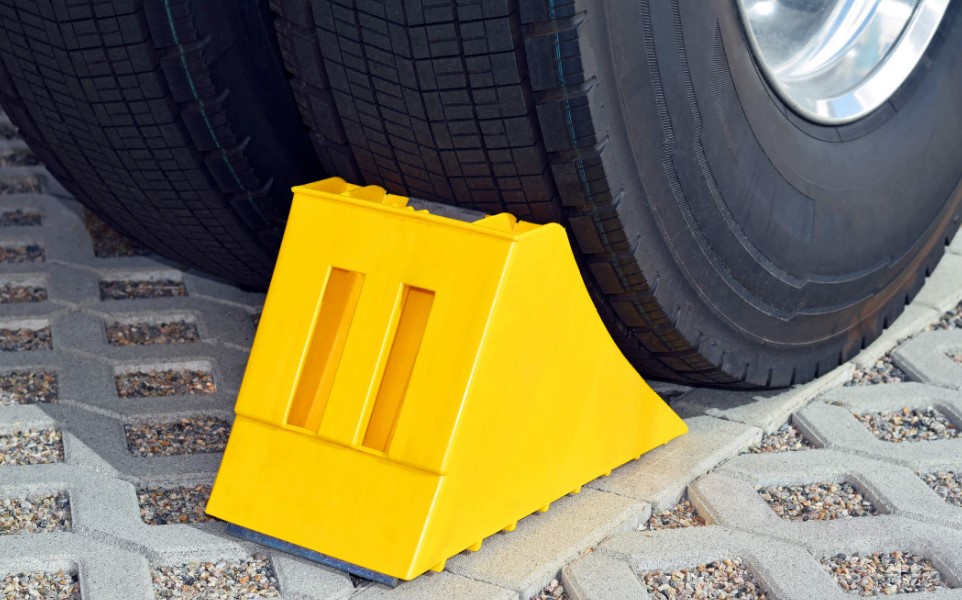When it comes to vehicle safety, one often overlooked but critical component is wheel chocks.
Whether you're a seasoned truck driver, a recreational vehicle owner, or simply someone who wants to ensure their parked vehicle stays put, selecting the right wheel chocks is essential.
1. Know Your Vehicle's Weight and Size
Before you begin your search for wheel chocks, it's crucial to know your vehicle's weight and size. Wheel chocks are typically designed to support specific weight capacities and tire sizes.
Exceeding these limits can lead to chocks failing to prevent your vehicle from moving. So, measure your vehicle's weight and tire size accurately.
2. Understand Your Usage
Consider how and where you plan to use wheel chocks.
Are you a truck driver who needs chocks for parking on uneven terrain, or are you an RV enthusiast looking for stability when parked at a campground? The type and size of chocks you choose should align with your specific usage.
For industrial settings like loading docks, heavy-duty chocks may be necessary, while lightweight chocks are suitable for smaller vehicles.
3. Material Matters
Wheel chocks are commonly made from rubber, plastic, or metal. Each material has its pros and cons:
- Rubber: Rubber chocks provide excellent grip and durability. They are resistant to weathering, making them suitable for outdoor use. Rubber chocks are also lightweight and easy to handle.
- Plastic: Plastic chocks are lightweight and affordable. They are ideal for lighter vehicles like cars and trailers. However, they may not be as durable as rubber or metal options.
- Metal: Metal chocks are incredibly sturdy and built for heavy-duty applications. They are commonly used in industrial settings and for securing large trucks and heavy machinery. Keep in mind that metal chocks can be quite heavy and may cause injury if mishandled.
4. Check the Slope Angle
Consider the slope angle where you'll be parking your vehicle. Steeper slopes may require chocks with a steeper incline to provide effective restraint.
Some wheel chocks are designed with a specific angle in mind, so make sure it matches your parking environment.
5. Look for Added Features
Modern wheel chocks often come with additional features that enhance their functionality and convenience.
Some options include built-in handles for easy carrying, reflective strips for visibility at night, and rope or chain attachments for secure storage when not in use. These features can make your chocks more user-friendly and versatile.
6. Quantity and Placement
Depending on the size and weight of your vehicle, you may need more than one pair of wheel chocks. It's common practice to use at least two chocks per set of wheels for added security.
Additionally, make sure to place the chocks on both sides of the wheels, not just on one side, to prevent rolling.
7. Compliance with Safety Standards
For industrial or commercial use, it's essential to ensure that your chosen wheel chocks comply with relevant safety standards and regulations.
These standards are in place to guarantee the effectiveness and reliability of chocks in preventing accidents.
8. Regular Inspection and Maintenance
Once you've selected and installed your wheel chocks, remember that they require periodic inspection and maintenance.
Check for signs of wear, damage, or degradation, and replace them if needed. Properly cared for chocks will continue to provide reliable safety.


No comments yet